How to Grow Passionflower |
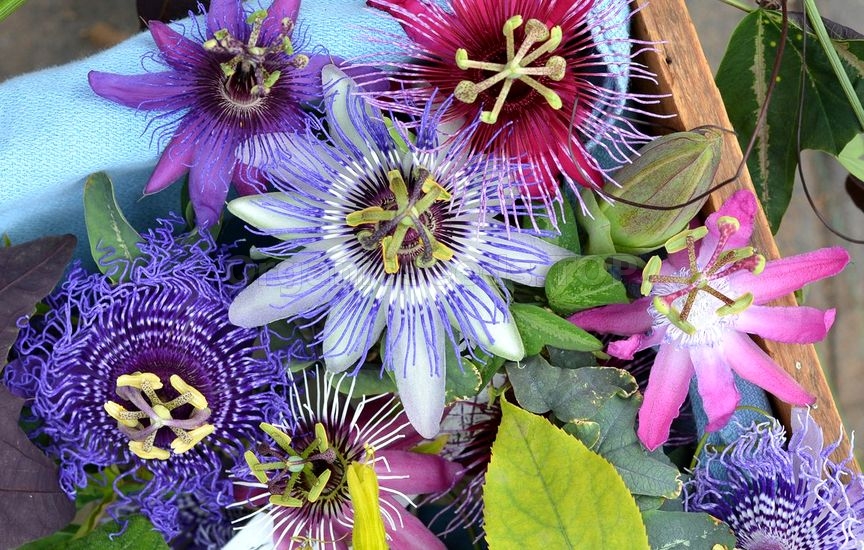 You really have to love any plant that has "passion" and "flower" blended in the same word. This little vine is a powerhouse of good characteristics that makes it worthy of its own little trellis or a spot along your fence -- or around your mailbox post. This American native is the state flower of Tennessee and grows wild there and points south. Passionflower is more than a big purple climber, though. It's has medicinal properties worthy of a spot in your landscape. There are a number of passionflower varieties, and we're featuring Passiflora incarnate today. If you're having trouble relaxing in the evening or dropping off to sleep after a long, evil day, passionflower may be able to help. Passionflower isn't fussy. Provide light soil that drains well (pH 6.1 to 7.5.) and keep the plant moist. Passionflower likes sun but will tolerate partial shade. It's accustomed to poor soil, so give it a deep hole filled with sand and other soil lighteners, but don't pamper it too much. Consistent watering is a good idea, but this isn't a persnickety plant. Although there are over 400 varieties of passion flower, many, like Passiflora incarnate, are vines that grow to 30 feet. Passionflower is considered a warm weather Southern belle, but it can take winter temperatures into Zone-5 as long as you give it a protective layer of mulch before you put the lawn furniture in the garage for the season. Propagating Passionflower from Cuttings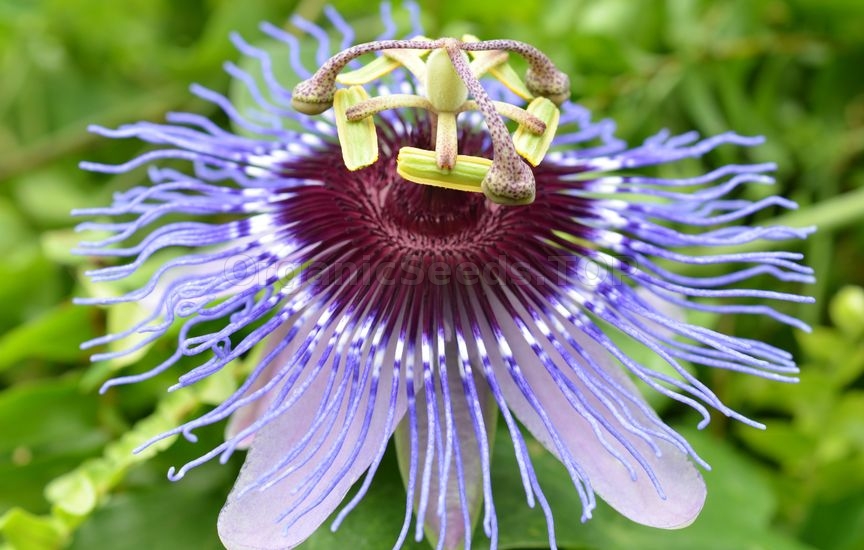 Propagate passionflower from seed, by layering or from cuttings. I use the cutting method because it's easiest for me. I take six to seven inch cuttings in fall from mature plants and root them in perlite, vermiculite, or sand -- whatever I have on hand. I've used rooting hormone -- and not used rooting hormone. If this is your first time, it's a bit of extra insurance. I try to take cuttings in early September, but always before the first frost of the season (if you garden, you know about watching the weather report). I bring seedlings indoors to overwinter and plant them out in the garden the following spring. Propagating Passionflower by Layering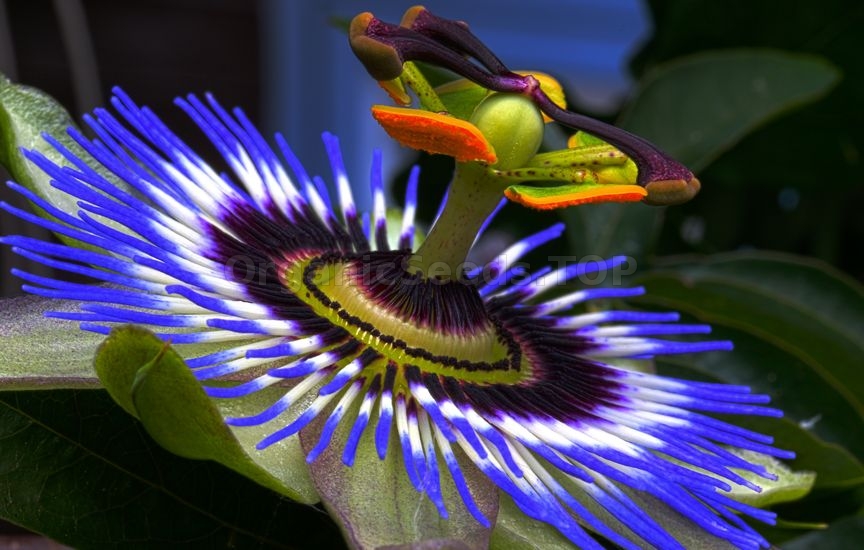 Another option, especially if you don't want to babysit a seedling nursery over the winter months is to cultivate new plants through layering. Just strip leaves from a section of stem and bury the stem under an inch of soil. Keep it in place with a smooth (not too heavy) stone or a garden bobby pin -- those metal loops that keep garden fabric in place. With regular watering, a prepared section of vine should root in a few weeks. After adding a layer of mulch, it should make it through the winter and be ready to transplant in spring.
Propagating Passionflower from Seed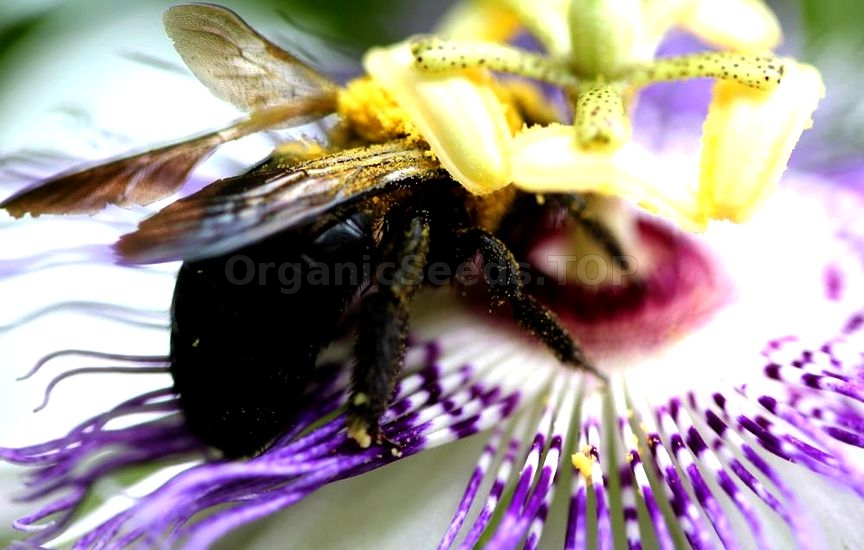 If you want to try starting passionflower from seed, harvest the seed pod from a mature plant and remove the seeds from the gelatinous aril (the glop is very tasty, btw). Dry seeds in a warm, dark place and plant them out in sandy soil next spring after giving them a soak in water for a couple of days. Planting passionflower seeds is a little like watching the grass grow, though: seeds can take up to a year to germinate. That isn't a typo. Put seeds in an attractive, shallow pot and hunker down for a long wait. If it seems like a royal pain, just imagine the payoff when those green shoots finally poke their heads out of the ground.
Growing Passionflower in a Container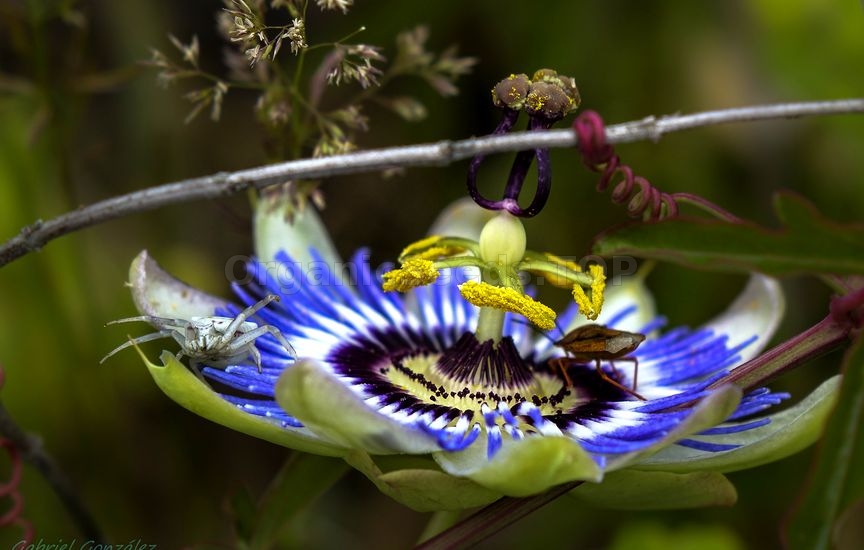 Passionflower takes to a pot well as long as you can keep the accommodations consistently moist. Some gardeners prefer to pot passionflower and then bury the pot in the garden to keep the plant from growing out of control. Others living in cold areas prune the vines back and bring plants indoors over the winter months. If you think watering might be a problem, invest in a self-watering pot and make sure to add moisture beads or a layer of mulch to your setup.
Harvesting Passionflower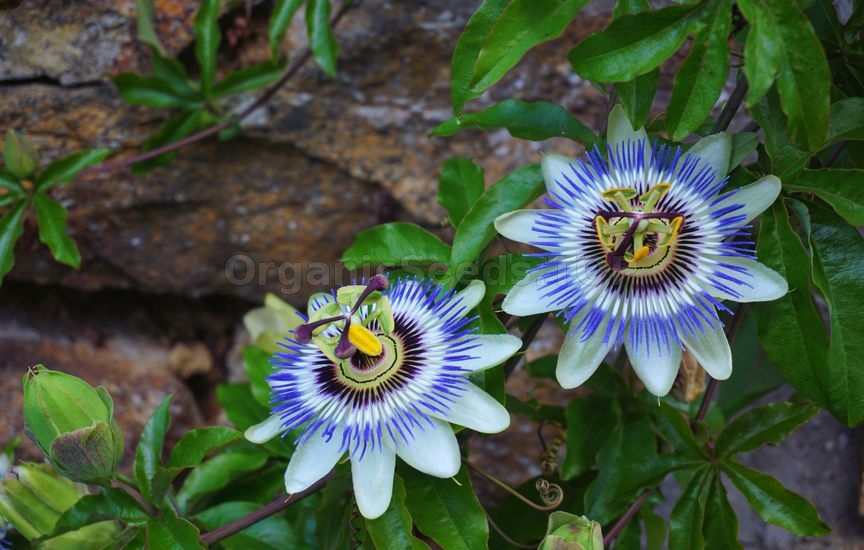 Strip leaves from the plant in fall and dry them in a dehydrator, on a drying screen or outdoors in a paper bag (a single layer of leaves at a time). Place dried leaves in an airtight container and keep in a cool, dark spot.
Medicinal Uses for Passionflower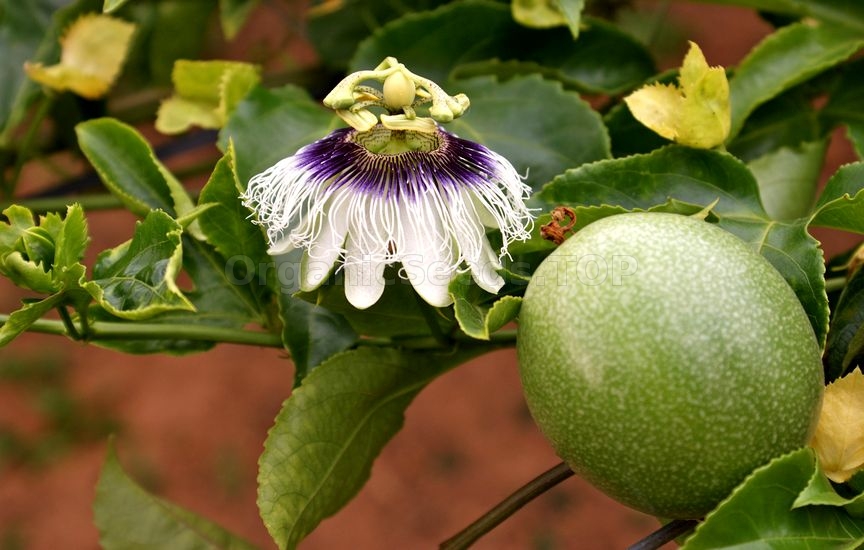 Here we get to the payoff of growing passionflower. It is a restful herb that calms the nerves and will help you sleep. Until the late 1970s, it was a common ingredient in OTC drugs designed to promote sleep, but a lack of adequate research (not the discovery of problems or lack of effectiveness) led to its falling out of favor in the U.S. There seems to be more interest in the pharmacological properties of passionflower in Europe where popular sleep aids are extracted from the plant's leaves. Although it can work alone, you'll get more benefit using passionflower in concert with other sleep inducing herbs like valerian root or lavender -- my favorite.
According to Consumer Reports Health, the Natural Medicines Comprehensive Database rates passionflower as possibly effective for treating anxiety, and there is insufficient research to rate it for treating insomnia and other conditions, like: hemorrhoids, heart problems, high blood pressure, fibromyalgia and seizures. It is considered likely safe for use by most people when taken orally in small amounts and is considered possibly safe when used short-term as a medicine. Passionflower contains small concentrations of harmala alkaloids, potentially toxic substances when ingested in large amounts or concentrations. Because there is some potential for abuse, passionflower is considered unsafe to use over a long period of time (defined as a month or more). Brewing Passionflower in Tea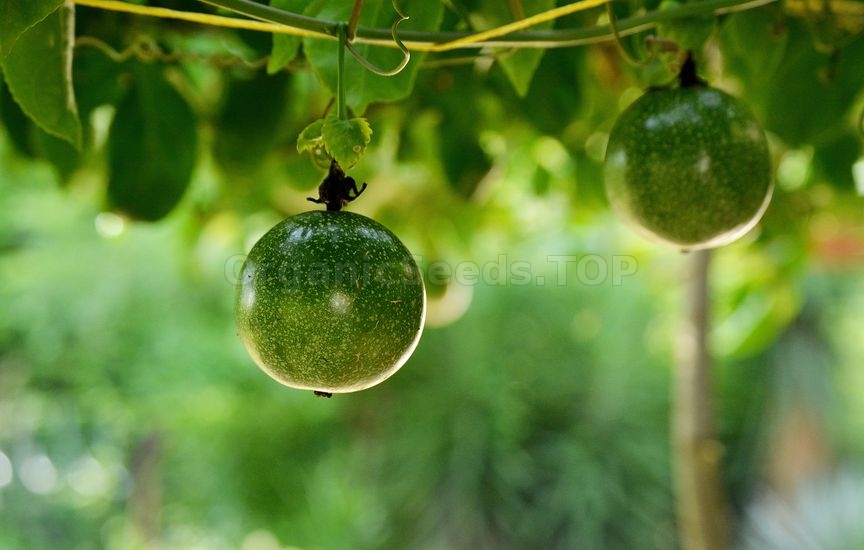 You can make a sedative tea by adding 8-ounces of boiling water to a teaspoon of dried passionflower leaves (place the leaves in a tea ball or muslin bag). Let steep for five minutes. Limit the dosage to one cup about an hour before bedtime. Caution: Medicinal passionflower shouldn't be ingested by pregnant women or women who are breastfeeding. Avoid passionflower if you are on anti-anxiety or anti-depression medication. If you are new to passionflower, avoid driving or operating heavy machinery until you know how your body will react to this herb. Some people have reported extreme fatigue, fogginess and an inability to concentrate. 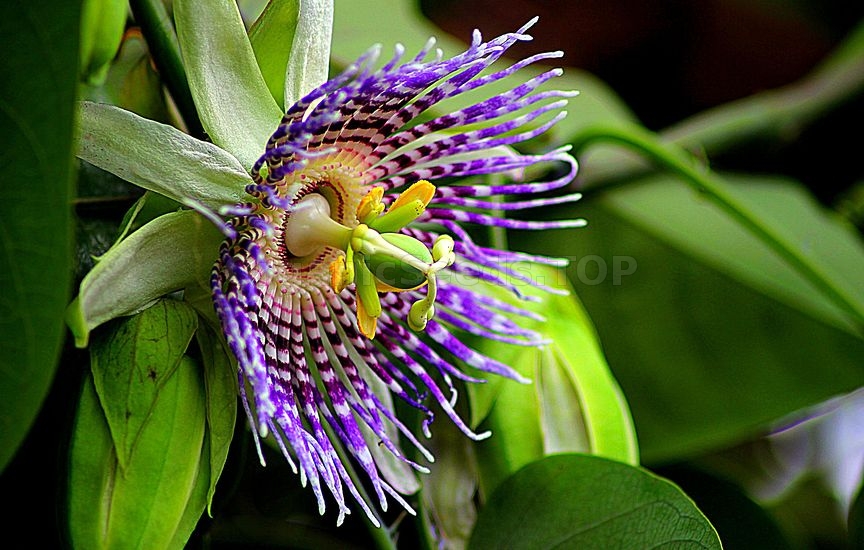 If you have insomnia, heart palpitations or any other undiagnosed symptoms, seek the assistance of a medical professional. On a side note, the large, showy flowers of passionflower make a friendly display on a fence or trellis. Many herb plants have puny and unimpressive flowers, but passionflower really puts on a show. It's worth a spot in your garden for that alone. Keep an eye on it, though. Passionflower can become an invasive pest if left unchecked over a few seasons. You may need:Organic Maypop Seeds (Passiflora incarnata) |
|
|
